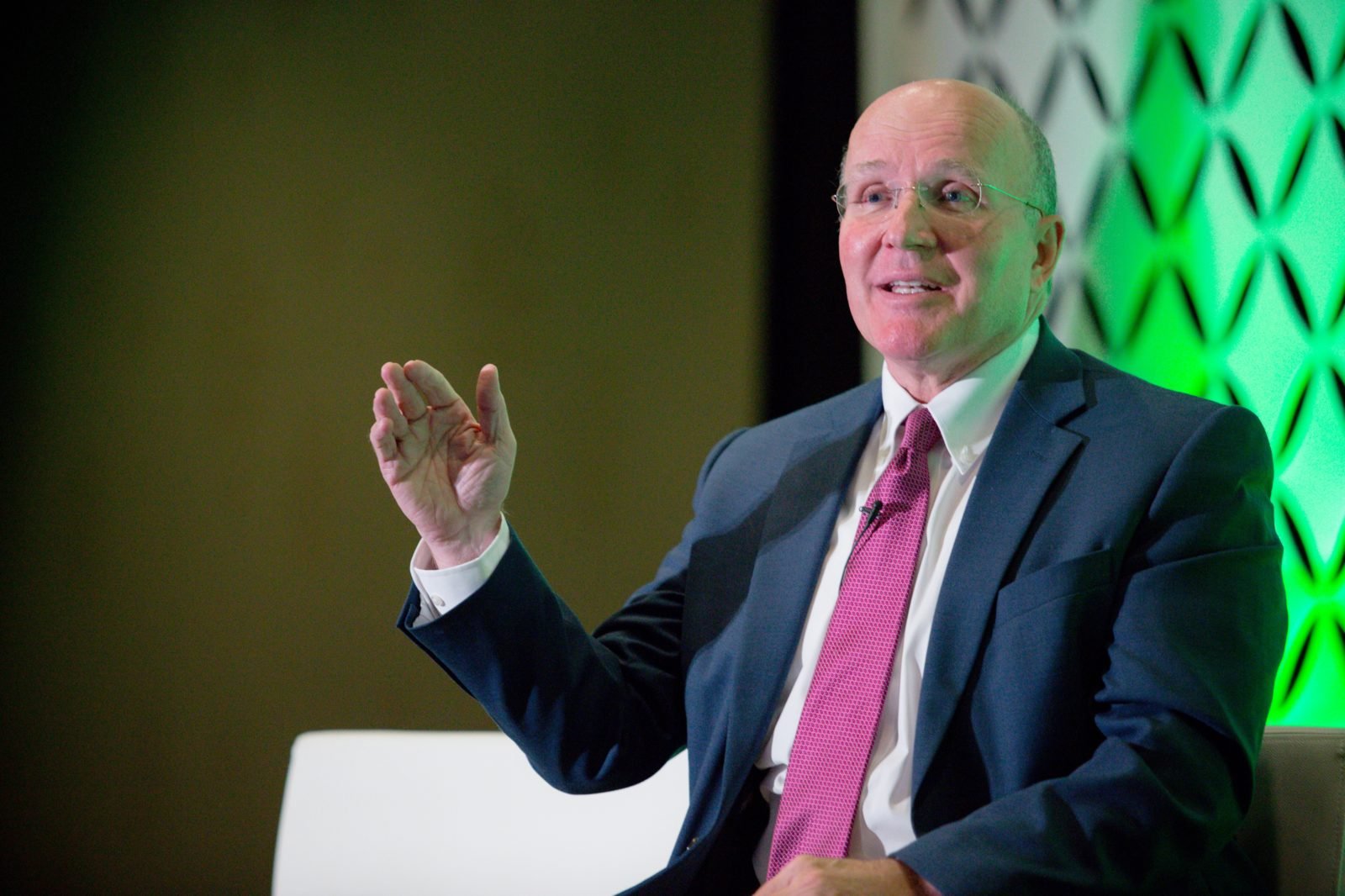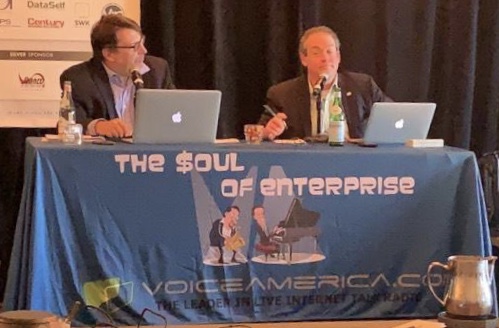Re-Engineering Your Firm Around Value
Published on March 20, 2019
Tim Williams
We are what we measure. In life and in business, it’s human nature to align our behavior with the metrics by which we are judged. So if the key measurement in our firm is billable time, guess what kind of internal behavior we’ll get?
The incentives that drive behavior in your firm create either a culture of utilization or a culture of accountability. A culture of utilization promotes and rewards “busyness.” A culture of accountability is centered around productiveness.
In a firm that makes its money by selling hours, the individual incentive is to record as much billable time as possible and the corporate incentive is to bill as much of this time as possible to its clients. In a firm that makes its money by selling solutions to business problems, the motives are to spend time wisely and effectively. The cultural difference between these two business models can be astounding.
As the business innovator W. Edwards Deming taught, if management sets only quantitative targets and makes people’s jobs depend on meeting them, “They will likely meet the targets — even if they have to destroy the enterprise to do it.” In Deming’s estimation, more than 90 percent of the conditions that affect a company’s performance can’t be easily tracked and measured. Yet managers spend more than 90 percent of their time monitoring and analyzing some form of measures; most notably, time tracking.
A shadow economy in every time-based firm
This approach creates a shadow economy that saps the time, energy and initiative of professional firms. As H. Thomas Johnson and Anders propound in their book Profit Beyond Measure, “It is not an exaggeration to say that in most organizations today, each person whose work eventually serves customers’ needs is 'shadowed' by another person whose job is to keep track of other people’s work.” Extensive time tracking is “shadow" work that adds an incredible amount of wasted cost to the firm. While professionals in the firm are attempting to create value for the firm and its clients, the “time beast” extracts value.
Johnson and Anders go on to say, “The perception that the world is quantitative and that business is therefore mechanistic has for the past fifty years shaped all the variants of strategic planning, financial analysis, budgeting, cost management, and management accounting that have been taught by graduate business schools and practiced in large organizations. Executives versed in such practices and who believe that reality is defined by quantitative measurements are like the puppies who believe that the fence defines reality.”
The focus in professional firms should be on doing the work, not manipulating quantitative abstractions about the work (time tracking, billable time targets, etc.).
A tale of two firms
In Firm A, its time and energy are spent:
- Asking team members for estimated hours
- Preparing estimates of hours
- Logging hours on timesheets
- Tracking actual hours spent
- Collecting and policing timesheets
- Inputting time data in software systems
- Producing time reports
- Comparing and reconciling actual time against estimated time
- Justifying hours to clients
- Transferring or writing off hours
Firm B, on the other hand, devotes its energies to:
- Identifying the scope of value (desired outcomes)
- Clarifying the scope of work
- Collecting complete information about assignments
- Developing more complete briefs and briefings
- Investing more effort in developing effective solutions
- Pricing the value of the work (instead of just estimating the costs)
- Pricing and invoicing the work in phases
- Managing projects based on actual work completed, not hours spent
- Paying more attention to scope creep
- Re-pricing work that exceeds scope
Which of these two firms is likely to be most effective? Most profitable? Which would you prefer to lead or work for?
Value-Led vs. Cost-Led
In place of monthly report detailing how their time was spent (which often takes the form of an invoice), value-led firms produce reports of work completed, problems solved, and results produced. Internal discussions revolve around the effectiveness of the work, not the “efficiency” of the team.
Instead of obsessing about hours spent, value-led firms turn their attention to measuring what really matters: deadlines met, promises kept, work delivered, and results achieved. One of the notable firms that put value first, the marketing firm Anomaly, puts it this way:
“We don’t do timesheets, ever. We believe they are dishonest and incentivizes the wrong behavior. Our view is that the right people will solve a challenge quickly and should be rewarded for the value of that answer to the client. We’ll back ourselves up on that by putting a significant percentage of our fees against the fact that our work will work. The result is that our meetings are only attended by people who are adding value, not billable hours.”
It's time to stop managing your firm as though your inventory is a fleet of rental cars that must be “busy” to be generating revenue. Your inventory is intellectual capital, and what you sell is value created, not time spent.
Friend of VeraSage Thomas L. Bowden Sr, an attorney, posted this comment on our VeraSage & Friends Facebook page in response to an article defending the importance of recording time to determine cost:
Thomas L. Bowden Sr. So, you take an arbitrary segment of your staff, assign them an arbitrary number of hours to record and/or work each year, then take an arbitrary portion of your overhead and add it to the salaries of the arbitrarily selected staff, add to that an arbitrary figure for your desired profit, and divide by the arbitrarily chosen number of hours, and voila, that’s your ever so precisely determined “cost” per hour. Now measure your actual hours very precisely or all of those completely arbitrary choices will be completely useless. Of course, they’re useless anyway, because no matter how precisely you measure the wrong thing, it’s still wrong.





































